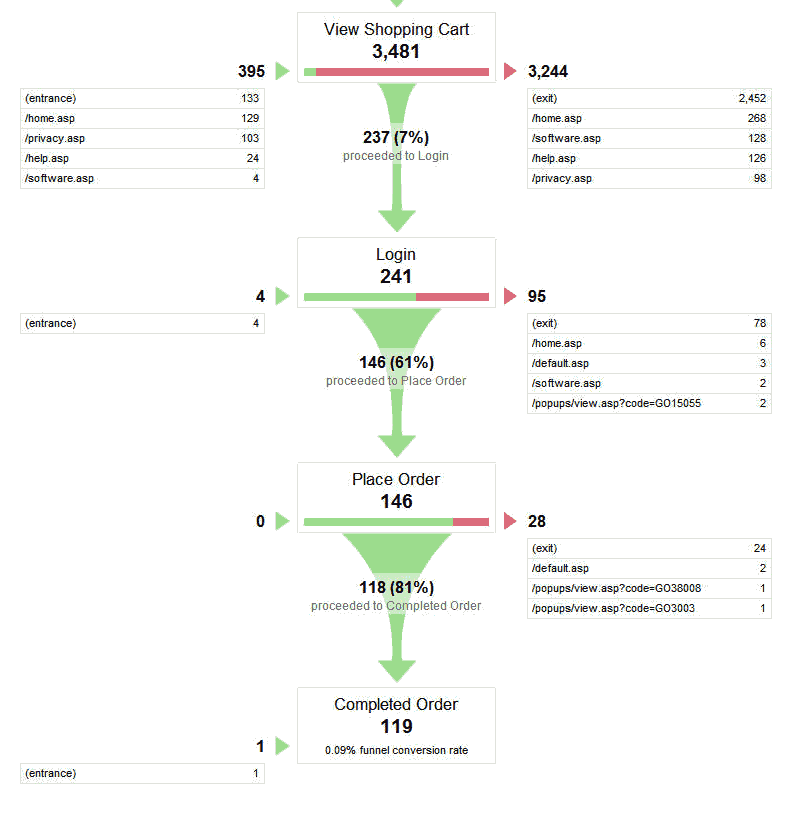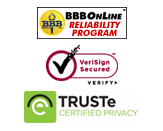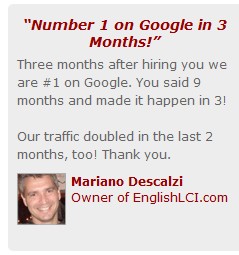According to the latest stats, about 9 out of 10 people who add products to online shopping carts leave the websites without placing the orders. That’s insane! Think about it: 90% of the people who are interested enough on your products to add them to their carts never end up buying them.
Luckily, there is a lot you can do to decrease your shopping cart abandonment rate. These are some of the most powerful tactics to make it happen.
Isolate Every Step of the Checkout Process
The only way to understand what’s causing people to leave is to isolate every step of the checkout process to figure out where people are dropping out. Google Analytics lets you track events and page loads. This way you can see what’s the last thing people do before leaving. Is 50% of your traffic leaving when you ask how they found you? Then get rid of that question. The only way to understand the real reasons for shopping cart abandonment is to track every step of the process.

Provide a Summary of the Checkout Information
These are some of the things people want to see on the checkout page:
- What they’re about to buy (don’t forget to include a photo).
- Price (including taxes, shipping and handling, etc.)
- When the order will be processed and delivered.
- The Order Summary page should have all the information entered so far (including billing and shipping address, last four digits of the credit card that will be charged and the customer’s contact information).
- Having a progress bar showing what step of the process people are on also decreases the abandonment rate.

Avoid Loss of Information Entered by the Customers
Have you noticed how annoying it is when you enter your name and email address, click the continue button and on the next page you have to enter that information again? Don’t ask your customers for the same piece of information twice.
Don’t Ask for More Information than You Really Need
Do you really need your customer’s birth date, job title, and marital status? If you won’t send mail to your customers, don’t ask for a physical address. You can condense First Name and Last Name into one field: Name. Go through your process and eliminate everything you don’t really need.
Include Trust Logos
Is your business a member of the BBB? Are you VeriSign-verified? How about PayPal-verified? Your checkout area is the perfect place to show your customers that placing an order with you is safe and secure.

Don’t Forget About Social Proof
Every transaction has some level of risk. By showing your customers that other people just like them bought and are really happy with your products, you eliminate a big part of that risk. Use testimonials, case studies, “before and after” photos, or any other proof that your product really works and your customers love it. Don’t even think that once people enter your checkout funnel you have to stop selling to them.

Allow Your Customers to Call and Chat
Some people will feel frustrated with your checkout process. Give them the option to call you or live chat with you. Not only will you save a lot of sales that otherwise would have been lost, but you’ll also understand what areas of your checkout process are frustrating and you should improve.

Test the Heck Out of Everything
Test, test, and test some more. That’s the only way you’ll get it right. Test different calls to action, layouts, trust logos, testimonials, and checkout steps (one long form vs. two short forms, for example). Google Website Optimizer is a great tool for split testing and it’s free.


